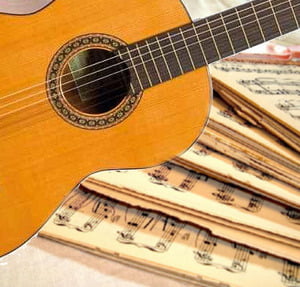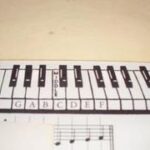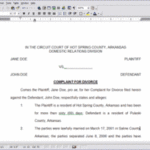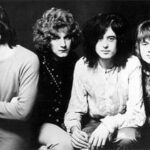Learning the basics
In this lesson we’ll be learning about a few suspended guitar chords. If you have just bought your guitar and you aren’t too familiar with your instrument, I suggest that you read over these following articles to help you get familiar with some of the basics:
Lesson One: Learning the basics of your guitar.
Lesson Two: How to play notes on your guitar.
Lesson Three: How to read Tab and play songs.
The following chords are not really a coherent progression; I simply made a list of a few of my favorite suspended chords that I play, and I thought you might be interested in learning them as well. I normally only play three or four chords in a progression and then I repeat it back to the start again. So pick out a few chords you like and see what you can come up with. If you want to learn more about strumming and chord progressions <- Click the link.
Alright, let’s get started!
What is a Suspended chord?
I like to keep my lessons simple, so I’ll try not to load this up with too much Music theory because that will turn this into a different article. I’ll go in more detail about music intervals and chord names in future articles, but for now I’ll give you the basics.
A suspended chord, often times shortened to the first three letters (Sus), is a chord where the Major or Minor third is omitted and then replaced with a perfect fourth note to give the chord a more open and slightly disconnected sound. There are times where instead of using a perfect fourth you can also use a major second instead to get a similar sound. This is what gives the suspended chords their names and why they are labeled Sus2 or Sus4.
A sus2 chord
E |–0————–|
B |—0————-|
G |——-2———|
D |——-2———|
A |–0————–|
E |–X————–|
B sus2 chord
E |–2————–|
B |–2—————|
G |——4———-|
D |——4———-|
A |–2————–|
E |–X————–|
Note: Your Index finger should bar across the second fret.
C sus4 Chord
E |-0————-|
B |–1————|
G |–0————|
D |——–3——|
A |——–3——-|
E |——-X——–|
D sus4 Chord
E |——3——-|
B |——3——-|
G |–2———-|
D |-0———–|
A |——-X—–|
E |——-X—–|
E sus4 chord
E |—0————-|
B |—0————-|
G |——–2——-|
D |——–2——-|
A |——–2——–|
E |–0————–|
F sus4 chord
E |—1————-|
B |—1————-|
G |——–3——–|
D |——–3——–|
A |–1————–|
E |–1————–|
Note: Your Index finger should bar across the first fret.
G sus2 Chord
E |——3——-|
B |——3——-|
G |–2———–|
D |-0————|
A |—————|
E |——3——-|
I should also point out that the B Sus2 and F Sus4 chords are movable Barre chords, meaning that if you keep that same bar shape and slide your fingers around the neck you can use that shape to play new notes. You can click on the pictures at the top of this article to see how the notes would be played using a finger chord chart.








